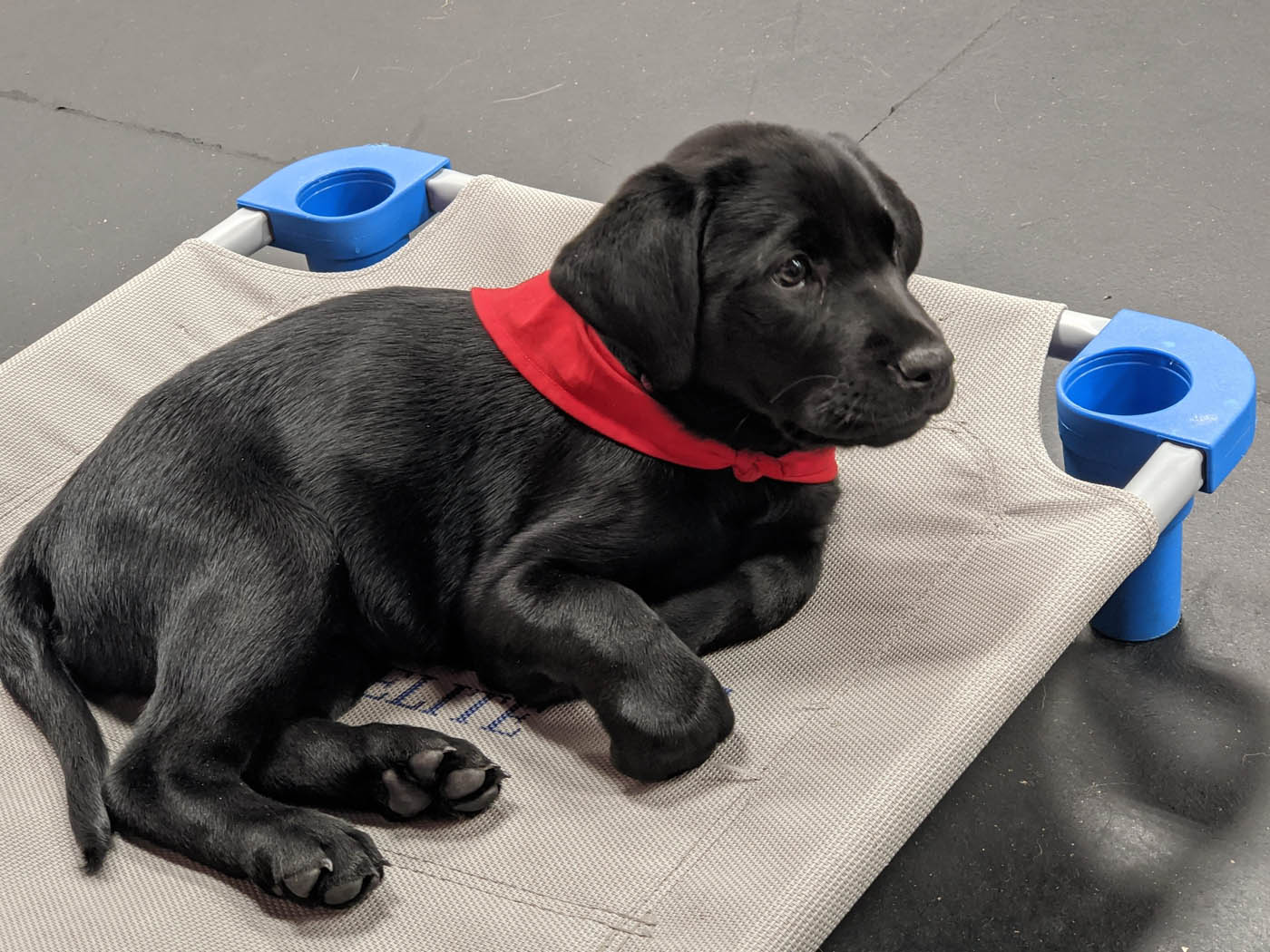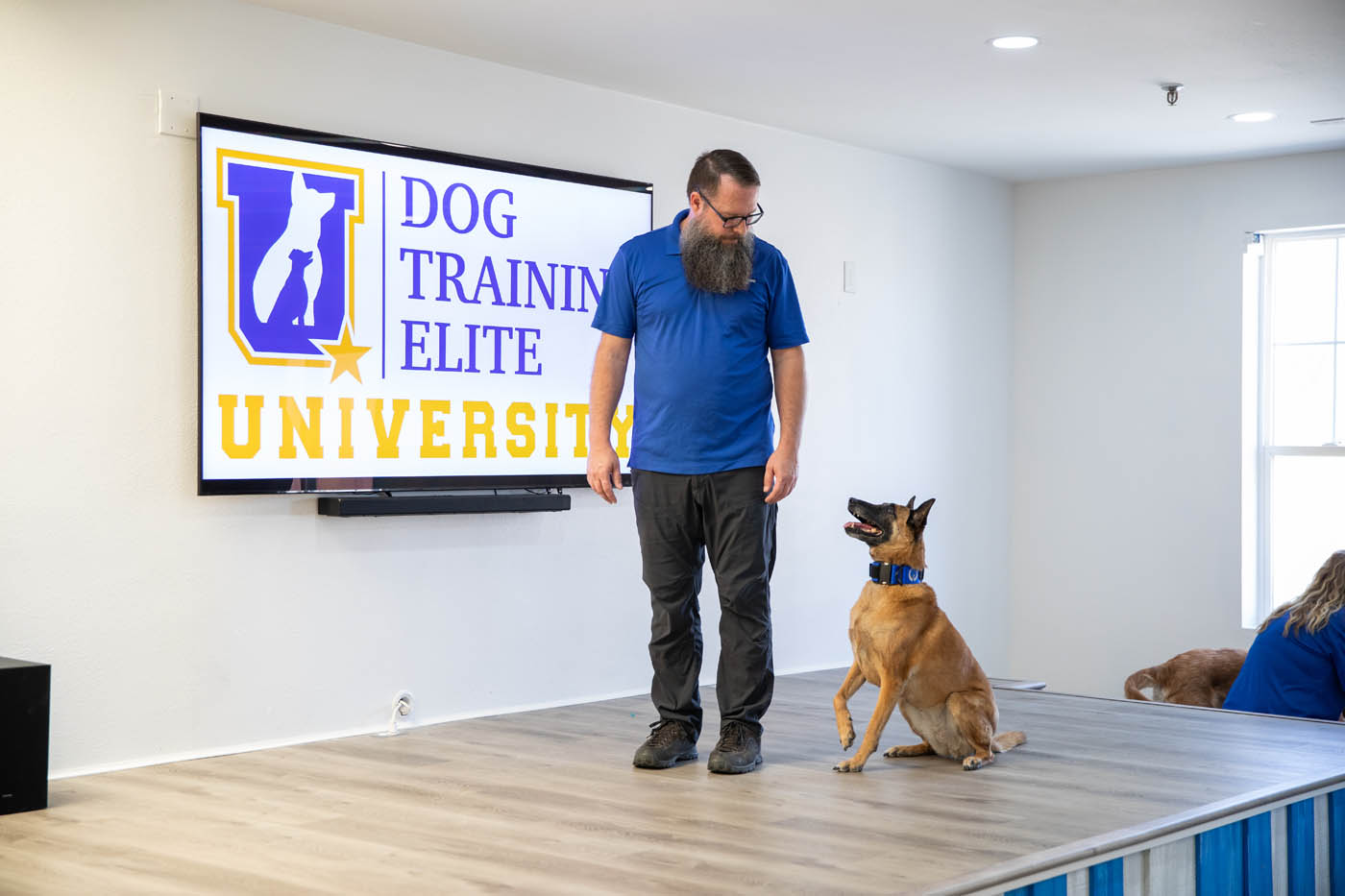Unlock Your Dog's Potential: Proven Dog Training Techniques for Success
Reliable canine training is a nuanced process that hinges on recognizing canine habits and employing medically backed strategies. By including favorable reinforcement, developing clear commands, and prioritizing socializing, pet dog owners can cultivate an effective relationship with their family pets.
Understanding Pet Dog Habits
Understanding canine actions is important for efficient training and cultivating a favorable connection between pet dogs and their proprietors. A thorough understanding of canine body movement, articulations, and social communications is critical for acknowledging their emotions and demands. Dogs connect mostly with non-verbal cues; for instance, a wagging tail may show exhilaration, while pinned ears can indicate fear or entry.

Additionally, ecological aspects play a considerable role fit a pet's behavior. Adjustments in routine, brand-new environments, or the visibility of unknown individuals can result in stress or stress and anxiety in dogs. Acknowledging these triggers allows owners to reduce unfavorable responses and create appropriate training methods.
Eventually, a deep understanding of pet behavior lays the foundation for effective training methods, boosting both habits and the general bond in between the dog and its proprietor. dog training charlotte. This understanding is important for cultivating a well-adjusted, delighted canine friend
Positive Support Strategies
Effective training counts heavily on favorable reinforcement methods, which have actually been shown to generate considerable cause forming desired habits in dogs. This technique includes awarding a canine for displaying details actions, thereby increasing the chance that these actions will be duplicated. Benefits can take different kinds, including treats, praise, toys, or playtime, relying on what motivates the specific dog.

It is necessary to progressively phase out incentives as the dog learns the habits, transitioning to periodic support. This approach maintains the actions gradually while preventing reliance on constant benefits. By concentrating on positive support, instructors can grow a trusting connection with their canines, promoting a healthy and cooperative training setting that enhances overall obedience and efficiency.
Developing Regular Commands
An essential element of successful pet dog training is the facility of consistent commands. Uniformity in commands is important for effective communication in between the dog and the instructor. When commands are consistent, dogs discover to connect certain words with preferred actions, which accelerates the training procedure and improves understanding.
To establish constant commands, it is vital that all member of the family use the very same terms and gestures. If one person makes use of "sit" while an additional says "sit down," it can develop confusion for the pet. Select clear, distinct words for commands and make certain everyone included in the pet dog's training adheres to these selections.
Enhance commands via regular practice, ensuring that the canine gets adequate opportunities to react appropriately. When a pet dog effectively adheres to a command, instant positive reinforcement ought to comply with.
Last but not least, be individual. Establishing consistent commands takes some time and initiative. With devotion and clearness, you will assist your canine develop a strong understanding of assumptions, inevitably causing a well-behaved companion.
Socialization and Direct Exposure
Interacting socially a dog is important for cultivating a well-adjusted and confident buddy. This procedure includes exposing your dog to a variety of atmospheres, individuals, and various other pets to establish their social skills and adaptability. Early socialization, preferably in between the ages of three to fourteen weeks, is critical, as it lays the foundation for a dog's future actions.
During socialization, goal to provide positive experiences in different settings, such as parks, busy streets, and homes with various other animals. Present your pet dog to numerous stimulations, including sounds, views, and scents, guaranteeing that each experience is rewarding. This exposure assists go to the website alleviate concern and stress and anxiety, leading the way for a more resistant dog.
Involving in controlled pet clicker team play sessions with various other pet dogs can additionally improve social skills, teaching your animal ideal communications and borders. Prioritizing socializing will dramatically contribute to your pet dog's total happiness and behavior throughout their life.
Conquering Common Training Challenges
:strip_icc()/Steps-to-train-your-dog-1118273-7f3a74792b15472bb0d1f4884bd95875.jpg)
One more frequent issue is disturbance. Dogs might battle to focus in hectic or unfamiliar settings. Progressively desensitize your pet to diversions by starting training in a silent atmosphere and slowly presenting even more stimuli as they come to be efficient (Dog training). Favorable support strategies, such as treats and praise, can maintain motivation and emphasis.
In addition, behavior issues like jumping or extreme barking can become frustrating. Address these by teaching different behaviors, such as resting calmly when greeting visitors. Uniformity and persistence are crucial; strengthen desired behaviors consistently and prevent scolding, which can result in confusion.
Last but not least, recognize that each pet is unique, and training timelines might differ. Dressmaker your technique to your pet dog's individual demands, and look for professional support if essential. With willpower and the ideal methods, getting over these challenges can result in a trained, pleased canine buddy.
Final Thought
To conclude, unlocking a pet dog's possible requires a comprehensive strategy that includes an understanding of canine actions, the application of favorable support strategies, and dog aggression training near me the establishment of constant commands. Early socializing and direct exposure to varied settings better boost a dog's versatility and confidence. By resolving common training challenges with tailored techniques and perseverance, a participating and harmonious partnership between canine and trainer can be cultivated, eventually leading to a mannerly buddy with the ability of flourishing in different situations.
Effective canine training is a nuanced procedure that hinges on recognizing canine behavior and utilizing medically backed techniques.Recognizing canine habits is essential for effective training and promoting a favorable connection in between pets and their proprietors.Reliable training counts greatly on favorable reinforcement methods, which have been revealed to produce significant results in shaping preferred behaviors in canines. When commands are consistent, dogs find out to link details words with desired actions, which speeds up the training process and improves understanding.
In final thought, opening a canine's prospective necessitates a comprehensive method that integrates an understanding of canine habits, the application of favorable reinforcement strategies, and the facility of regular commands.